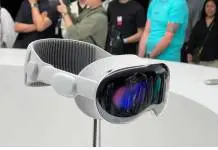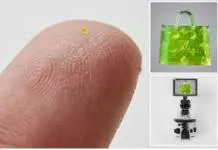
How can they read books without touching them?
Yesterday, the Massachusetts Institute of Technology (MIT) announced via its website the MIT and the Georgia Institute of Technology (Georgia Tech) researchers were developing an imaging system that can read closed books.
In a paper published last Friday in the latest issues of journal Nature Communications, the researchers describe a prototype of the method. They tested it on a stack of papers, each with one letter printed on it. So, far it can only read the first nine pages.
MIT Media Lab research scientist Barmak Heshmat said the Metropolitan Museum in New York City were very interested in the system. The art museum would like to use it to look into some antique books without touching them for preservation purposes.
How does terahertz radiation work?
The system uses terahertz radiation to penetrate surfaces. While other types waves like X-rays or sound waves can do just that, they cannot distinguish between the ink and blank paper as terahertz radiation does. Additionally, terahertz waves give much better depth resolution than ultrasound.
Between the pages of a book, there are air pockets about 20 micrometers deep, and the system seizes that tiny space to do magic. In the Media Lab, researchers use a standard terahertz camera to emit radiation through those pockets, and the built-in sensor detects the reflections.
Then, they calculate the distance to the each page of the book by timing how long it takes for reflections to arrive. This information allows the algorithm to filter the correct data of the returning false signal that’s filled with noise produced by the bouncing through the book.
The next step is to improve both the accuracy of the detectors and the power of the pulse, to allow deeper penetration of the terahertz radiation.
Who are the people behind the system?
Heshmat, one of the authors, said the system could be used to analyze thin layers like those found on machine parts or pharmaceuticals. The other authors are Ramesh Raskar, Albert Redo Sanchez, Justin Romberg and Alireza Aghasi.
Raskar is an MIT associate professor of media arts and sciences, while Redo Sanchez is a Camera Culture group research specialist at the MIT Media Lab. The other two members are Georgia Tech Professor Justin Romberg and his postdoctoral research scientist Alireza Aghasi.
The MIT researchers developed the algorithms that obtain images from individual sheets in stacks of paper, and its Georgia Tech counterparts elaborated the algorithm that shows the distorted or incomplete images as individual letters.
Source: The MIT Tech










